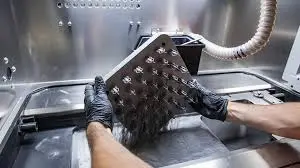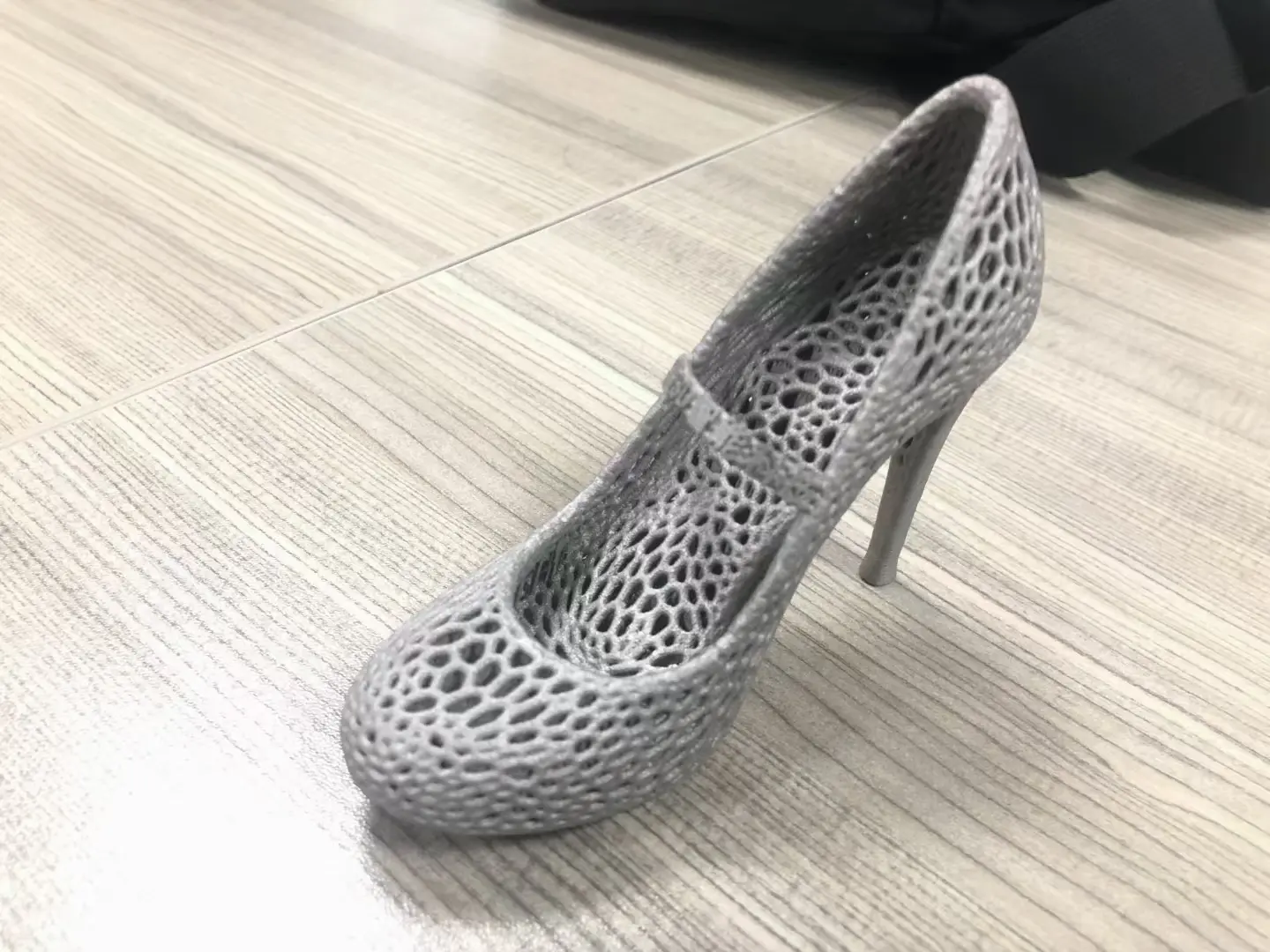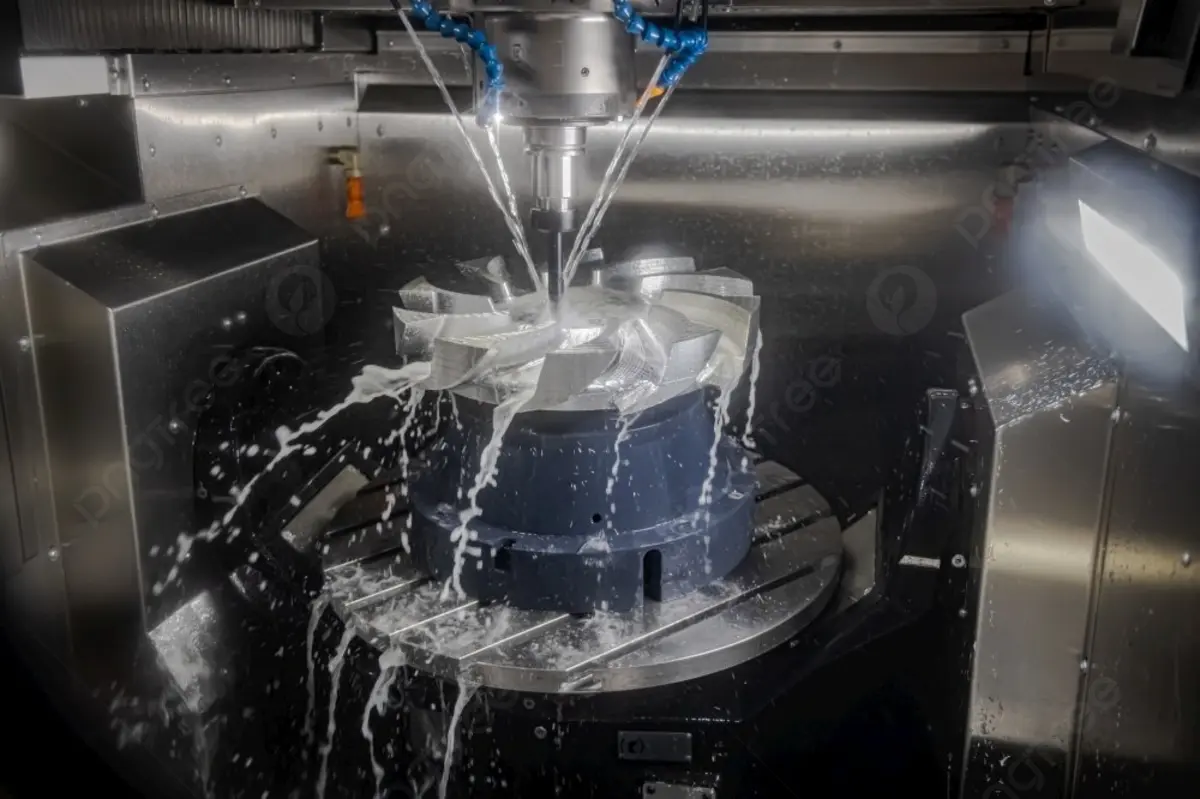Nature always brings us endless inspiration.
Recently, researchers from the University of Illinois in Champaign have published an article entitled “Fast 3D Printing of Fine, Continuous and Soft Fibers via Embedded Solve Exchange” online in the journal Nature Communications.
The study focuses on a new 3D printing method called “3DPX”, which can print microfibers with a diameter of only 1.5 microns, with a continuous length of tens of centimeters, a wide range of materials and a elastic module ranging from 5MPA to 3500MPA.
This innovative technology is based on rheological support gels of the viscoplastic fluid to accurately print the very complex fiber structures. 3D printing nozzles are able to move freely in the gel middle, breaking the gravity limitations encountered by microfibers in traditional printing. The research team hopes that the 3DPX method can open new worlds for robotics, medical applications and the development of new materials.
Bionics inspires in copying natural miracles
The strength of spider canvases, the protection of eggshells and the strength of the bristles used by certain insects to hunt are all miracles of nature. They are not only biologically unique, but also provide us with a rich inspiration of design.
Researchers say that the combination of bionics and additive manufacturing is to reproduce these delicate structures in nature and to explore their engineering applications. However, technical challenges are enormous to accurately reproduce the properties of these complex networks in 3D printing.
The “Integrated Solvent 3D printing” technology (3DPX) developed by the research team can solve common problems when printing soft materials and thin structures – these materials cannot bear their own weight due to insufficient flexion rigidity. To overcome this challenge, the researchers have chosen toPrint in a special gelThe gel acts as a support support, actually solves this problem.
“To reach the printing of filament with a diameter of less than 1.5 microns, we have optimized the rheology of the support gel and carefully adjusted the reports of polymer, solvent and non-solvents.” The researchers explained that these adjustments were crucial to successfully print such a fine structure.
In addition, on the basis of an in -depth understanding of the solvent exchange process, the researchers explored the possible impact of the introduction of the exchange of solvents in 3DPX technology on geometric structures and printing parameters. The study also examined the changes in the position of the filament compared to the path of the tip of the nozzle during printing. The results show that the slower the printing speed, the more the degree of overlap between the final position of the polymer and the nozzle trajectory.
To verify the practical application potential of this technology, the search team has carried out several tests, and the results have shown that fine 1.5 micron fibers can be successfully printed using a 5 micron nozzle. The materials used in the study include elastomers, PVC and polystyrene, which have demonstrated the wide applicability of the 3DPX method among different materials.
In the end, this study demonstrates a new fast 3D printing method designed for filamentous materials. This method is based on direct drafting technology of integrated integrated ink and forms a structure of bionic fibers by exchange of solvents, with an appearance ratio up to 7511 and a filamentous diameter of up to 1.5 μm. The solvent exchange mechanism allows polymer ink to solidify quickly, thus carrying out a large-scale production of ultra-long, ultra-fine and precise structures.
Researchers think that this technology has enormous application potential in the medical field (such as delivery of drugs, design of ultra-preccosed microfluidic devices), electronic field and sensor design. Although the preliminary results are encouraging, researchers highlight some of the challenges currently confronted. For example, how to further improve printing stability and improve material formulation should be resolved in future research.





